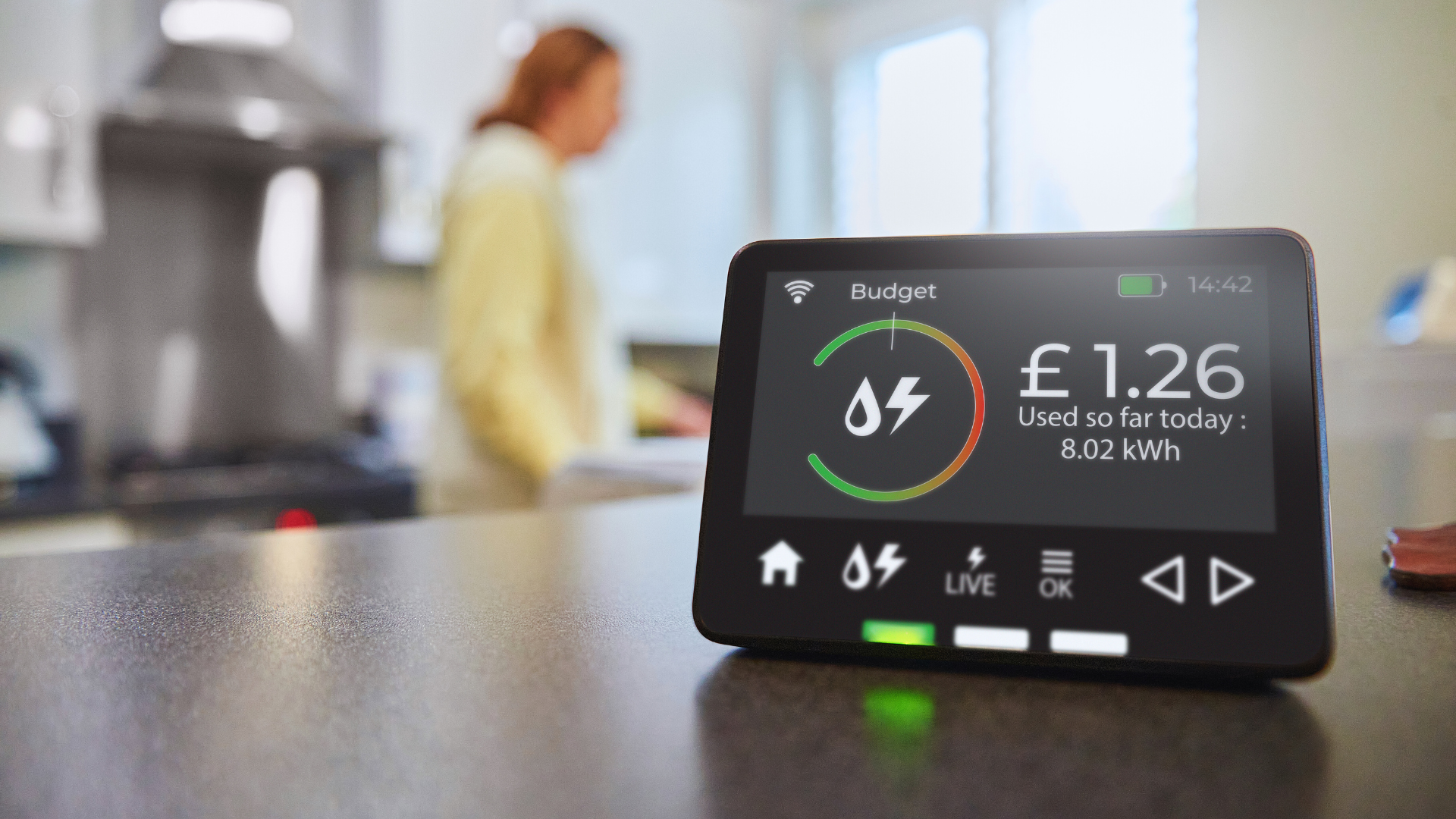Power that doesn’t go to waste: 7 Transmission & Storage solutions for a reliable renewable future
What is Transmission & Storage?
As the world transitions beyond fossil fuels, a central challenge remains: ensuring delivering renewable energy reaches people reliably and efficiently. The Transmission & Storage solution pathway bridges the gap between generation and use, cutting losses along the way and strengthening grid resilience.
By modernizing grid infrastructure, deploying smart metering, and scaling up storage, we can make clean, renewable energy more efficient, reliable, and affordable. Below are seven innovations that keep the clean power we produce from going to waste, helping to stabilize grids, reduce emissions, and accelerate the path to net zero.
1. Smart grids: The digital backbone of clean energy
Smart grids use real-time data and automation to optimize electricity flows. They detect outages, reroute power efficiently, and seamlessly integrate renewable sources like solar and wind. This intelligent network helps prevent “line loss,” reducing the amount of energy wasted during transmission, a crucial step in lowering carbon emissions and improving reliability across the system.
2. Smart meters and demand response
Smart meters provide households and businesses with real-time visibility into energy use. When paired with demand response systems, utilities can nudge or reward customers to shift consumption away from peak hours.
This helps balance supply and demand across the grid and reduces the need for "peaking power plants," which are backup facilities powered by fossil fuels that run only during times of high-demand periods. By cutting reliance on these short-term, high-emission power sources, smart energy management makes the grid cleaner, more efficient, and more resilient.

Smart meters provide real-time data that helps households and utilities track and manage electricity use, reducing waste and supporting a cleaner energy system. Image Credit: Martin Prescott, Canva
3. Grid-scale battery storage
Large-scale batteries, such as lithium-ion and flow batteries, store excess renewable energy for use when the sun isn't shining or the wind is still. These systems bridge the gap between energy generation and consumption, helping to smooth out fluctuations in renewable power, reduce blackouts, and limit the need for fossil fuel plants during peak demand.
While today’s batteries mark an important step toward a cleaner energy future, they are not yet fully sustainable. Mining for materials like lithium and cobalt has environmental and social impacts, and battery disposal remains a challenge. Emerging technologies such as flow, sodium-ion, and gravity-based storage promise longer lifespans, easier recycling, and fewer resource concerns, bringing us closer to a truly sustainable energy storage system that supports a reliable renewable grid.
4. Pumped hydropower and gravity storage
Some of the most effective energy storage methods draw directly from natural forces. Pumped hydropower systems use excess electricity to move water from a lower reservoir to a higher one. When energy demand rises, the water is released, flowing back down through turbines to generate electricity. This process works much like a rechargeable battery powered by gravity and water. It is one of the oldest and most widely used forms of energy storage in the world, providing more than 90% of all stored energy capacity today.
Gravity storage follows a similar principle but uses solid materials instead of water. Large weights, often made of concrete or rock, are lifted using surplus renewable electricity and lowered when power is needed, turning that potential energy into electricity through generators. These systems can be built in areas without access to large bodies of water and require minimal maintenance. Both technologies are clean, reliable, and easily scalable, making them essential components of a stable renewable energy grid.
5. Thermal and sand batteries
Not all energy storage relies on electricity. Thermal energy storage systems capture surplus renewable power and store it as heat, which can later be used for homes, industries, or district heating networks. This approach makes use of abundant materials such as sand, rocks, or molten salts, which can retain heat for long periods of time.
In Finland, engineers at Polar Night Energy have developed the world’s largest sand battery in the town of Pornainen. The system channels excess solar and wind energy through a network of heat transfer pipes that warm a large silo filled with sand to nearly 450 °C (850 °F). The heat is stored for months at a time and released by blowing air through the sand, producing hot water and steam that supply the local heating grid. This simple, yet, powerful design is expected to cut the town’s carbon emissions by up to 70%.
Sand batteries don't produce electricity directly, but they provide an efficient and low-cost way to store renewable energy seasonally. Because sand is widely available, non-toxic, and capable of holding heat without melting, it offers a sustainable alternative to battery materials that depend on mining. Thermal storage technologies like this could play a major role in balancing renewable energy supply across seasons, storing summer sunshine to keep communities warm in winter.

The new Polar Night Energy sand battery installed in Pornainen, a small municipality in southern Finland. Image Credit: Polar Night Energy.
6. Hydrogen energy storage
Hydrogen is emerging as a key solution for long-term energy storage. Using renewable electricity, water is split into hydrogen and oxygen through a process called electrolysis. The resulting hydrogen can then be stored in tanks or underground and later converted back into electricity when needed, or used directly as clean fuel for transportation and industry.
Unlike batteries, which are best for short-term storage, hydrogen can hold energy for long periods and can be used across multiple sectors. When produced with renewable power, it becomes green hydrogen, creating a zero-emission energy cycle. As infrastructure expands and costs fall, hydrogen could become a critical link between renewable generation and a fully decarbonized energy system.
7. Load management and integrated systems
Balancing energy supply and demand requires both technology and strategy. Load management involves shifting when and how electricity is used to better match periods of renewable generation, such as running appliances or charging vehicles when solar or wind power is abundant. This helps prevent grid overloads and reduces the need for backup fossil fuel power.
Integrated energy systems take this a step further by connecting homes, businesses, and renewable generators into intelligent networks that communicate in real time. These systems use sensors, automation, and data analytics to adjust energy flows automatically, ensuring that every watt is used efficiently. By coordinating local solar, wind, and storage resources, smart digital ecosystems can create more resilient communities and a cleaner, more reliable grid.

Smart energy systems connect homes, businesses, and renewable sources into flexible networks that balance supply and demand for a more efficient and reliable grid. Image Credit: Kynny from Getty Images via Canva Pro.
A solution within One Earth’s Energy Transition roadmap
Transmission & Storage is one of more than 75 science-based solutions identified in the One Earth Solutions Framework, a blueprint to solving the climate crisis with the technologies available today.
Within the Energy Transition pillar, this solution pathway falls under the Energy Efficiency sub-pillar, which focuses on reducing waste and maximizing the energy we generate. By modernizing grids and expanding storage, this solution helps unlock the full potential of renewables while strengthening energy security and resilience worldwide.
Building the grid of the future
Improving transmission and storage isn’t just about keeping the lights on, it’s about reimagining how we power our lives. Every new smart grid, battery installation, and hydrogen hub brings us closer to a clean energy future where renewable power flows freely, efficiently, and equitably to all.
Together, these solutions ensure that the energy of tomorrow is not only clean, but constant.
Explore the Solutions Framework


.jpeg?auto=compress%2Cformat&h=600&w=600)
